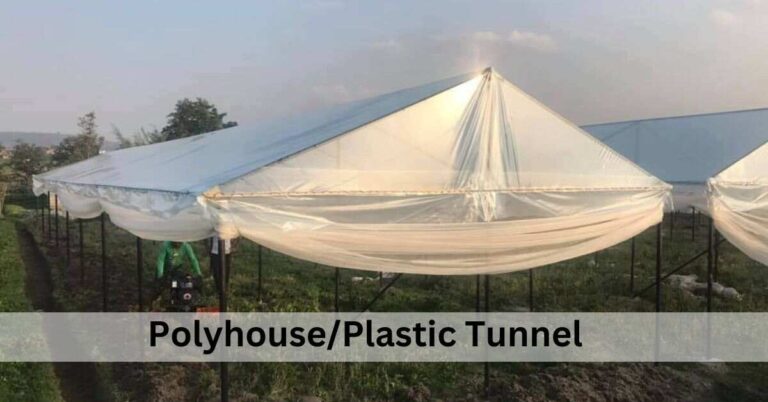Broadcasting Method Of Sowing Seeds
Seeds are the source of our food. They are sown in soil. After germination, POP is practiced for the growth of crops and finally harvesting is done. There are different methods of sowing seeds. Among all Broadcasting method is the most common and convenient. That’s why, Billions of farmers are using it. This method was started as the farming commenced.

Broadcasting can be defined as the process of spreading seeds on fields which may be already ploughed(Dry Seed Bed) or which isn’t ploughed (Wet Seed Bed) for the growing of crops. In this method, The seeds may or may not be covered with soil. Therefore, Sometimes it is necessary to do cultural practices like planking for the covering of seeds, especially in dry fields. In a wet field there is no need for extra cultural practices because the seeds can get good anchorage as roots can easily penetrate in wet soil.
Broadcasting is done by man or using equipment like airplanes and seed spreaders. While doing it manually, the uniformity depends on the skill of man. Mechanical methods of seed broadcasting have more uniformity. While spreading the seeds, One should throw seeds in all directions. This is called criss cross sowing. This ensures better germination and uniformity.
Broadcasting is generally practiced for small seeds which cannot be sown in rows by dropping the seeds one by one. Seeds of rapeseed, cotton, upland rice, wheat, black gram, millets, mustard, jute, lucerne, berseem, oats, jowar, and spices as coriander and cumin, mustard and leafy vegetables are sown by this method. If the seeds are too small you can mix seeds with sand and broadcast the mixture. It will help to maintain seed rate.
Advantages Of Broadcasting Method Of Sowing Seeds
- It is an easy and convenient method which doesn’t require any knowledge.
- Large amounts of seeds can be sown in less time.
- Sowing small seeds is difficult by other methods. So, Broadcasting is considered best for seeds like Mustard and Cotton.
- It can be done by one man. So, It reduces labour cost.
- Repeated ploughing isn’t necessary.
Disadvantages Of Broadcasting Method Of Sowing Seeds
- The main disadvantage of the Broadcasting method is not able to manage seed rate. Every crop has a recommended seed rate.
- Amount of seeds required is more in broadcasting in comparison to other sowing methods for the same area (Around 20% More Than Drilling Method].
- While sowing by Broadcasting, Some places of field receive more seeds while some places remain barren. After germination, Seedlings need to be transplanted from a more dense to less dense location. It is a tedious job to do.
- The spacing between the plants can’t be maintained by this method which ultimately increases competition between crops for nutrients, Sunlight and water.
- As the spacing isn’t mentioned properly, Intercultural operations like Weeding, Thinning, Fertilizer Application becomes difficult.
- All the seeds may not be covered with soil. So, Germination percentage can be low. Planking is needed to cover soil.
Final Verdict
Thus – This is whole information on Broadcasting method of sowing seeds in agriculture.

